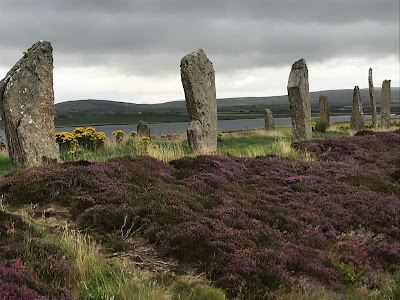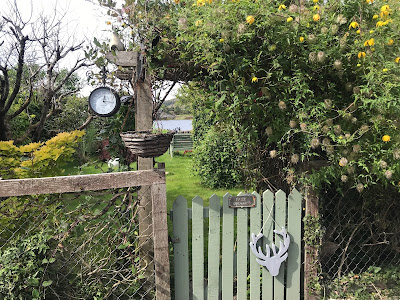Return to Inverness
It’s the first place we’ve left and come back to, though only for one night. An early start and late drop-off from our Orkney trip has made Inverness the place to be, and now the place to leave once again.
Still, there’s something quite nice about returning to a city, a way to know it better.
I felt at home here right away, and now, par for the course, I hate to leave.















